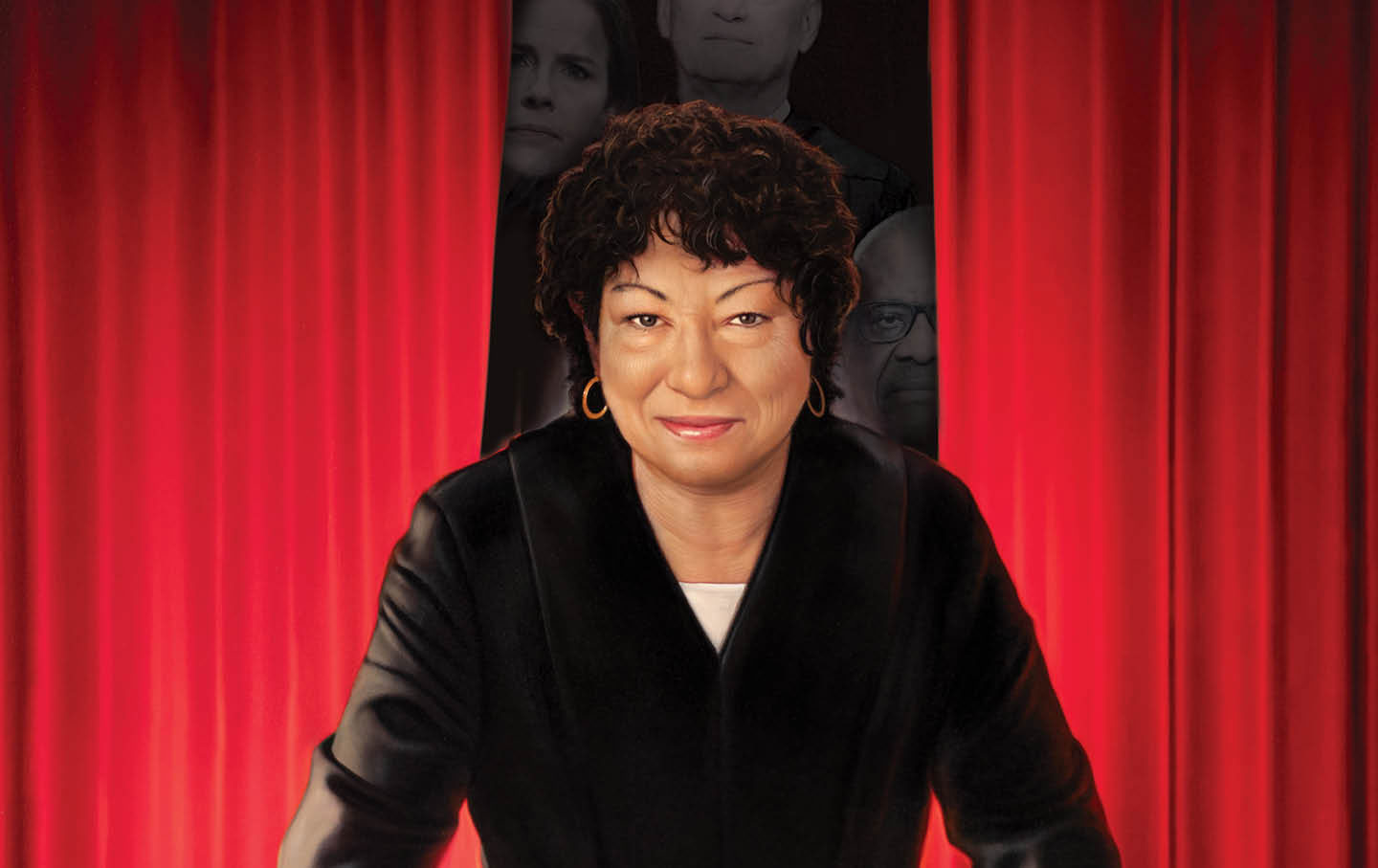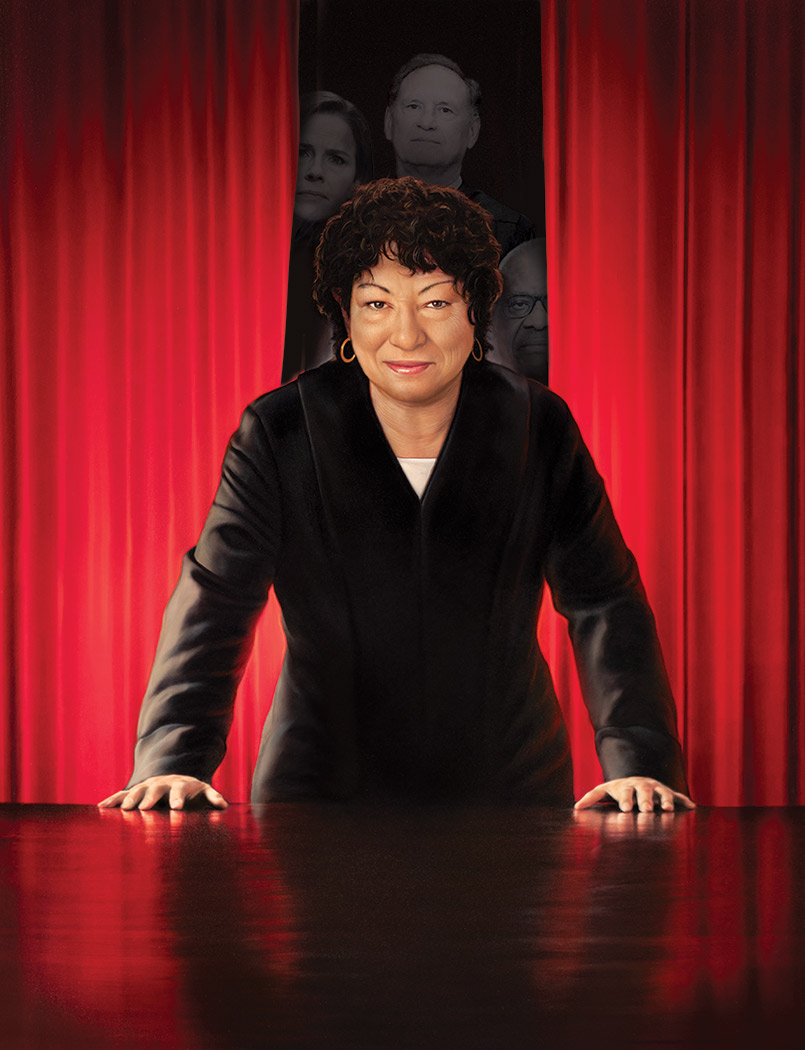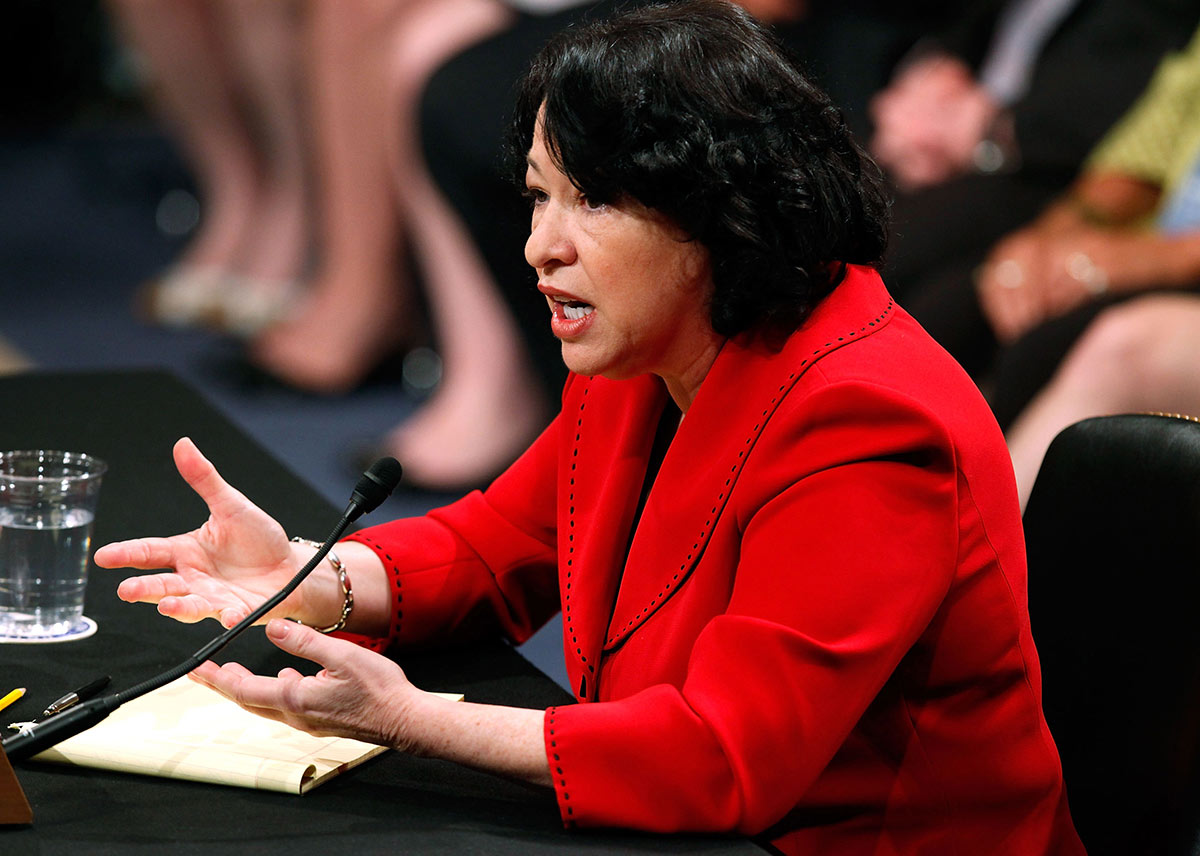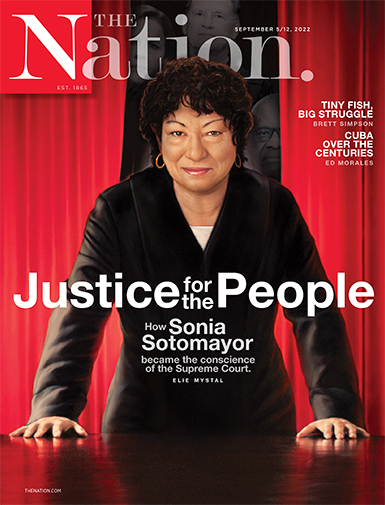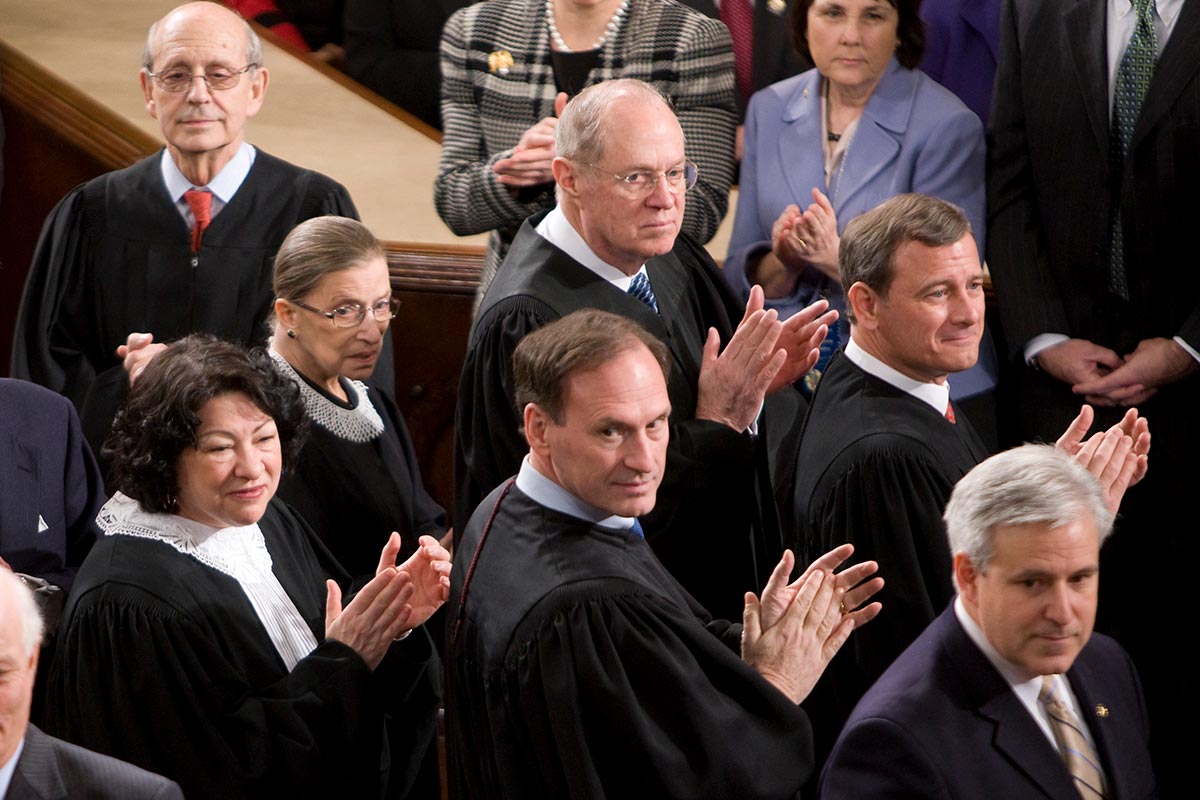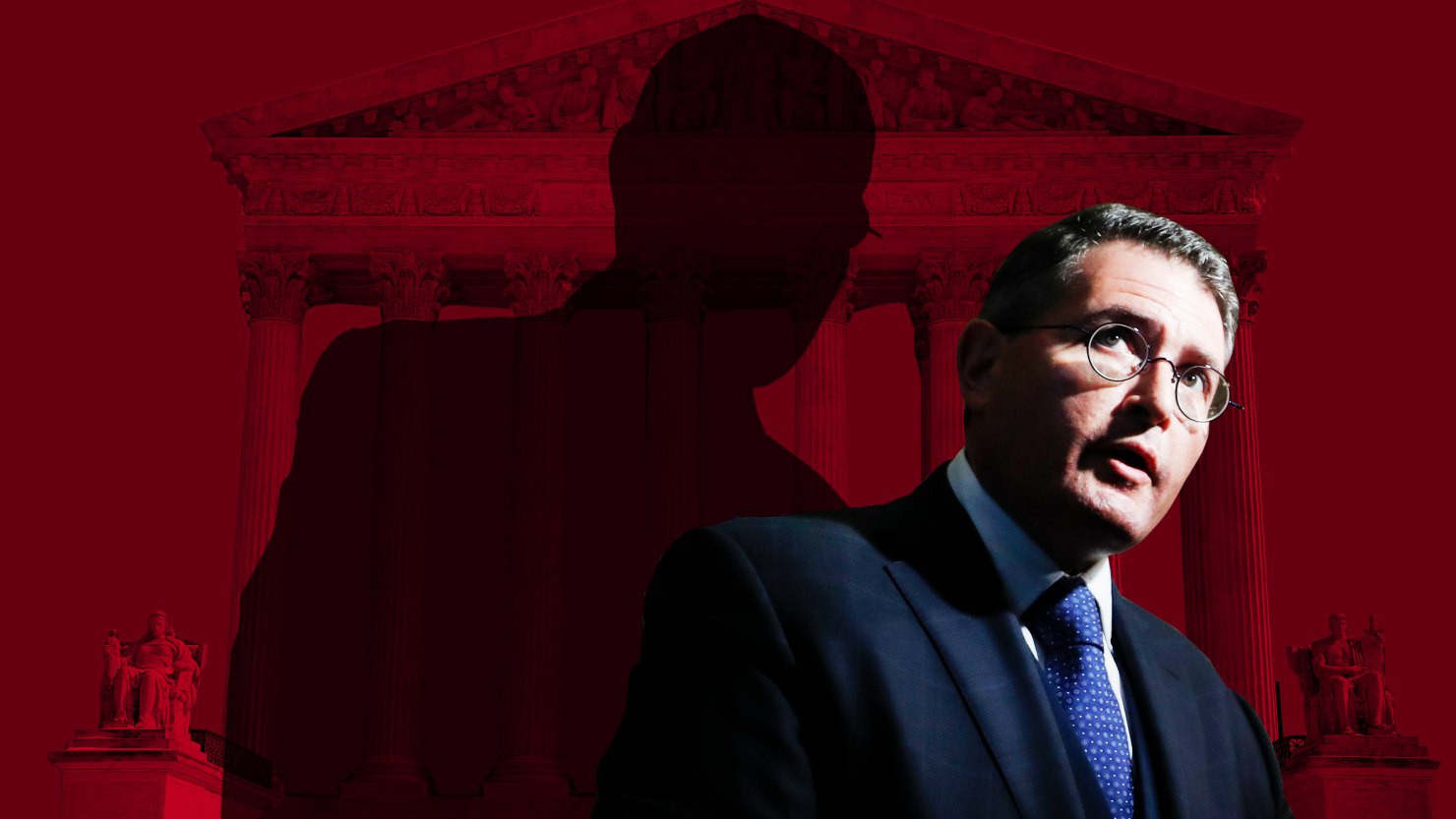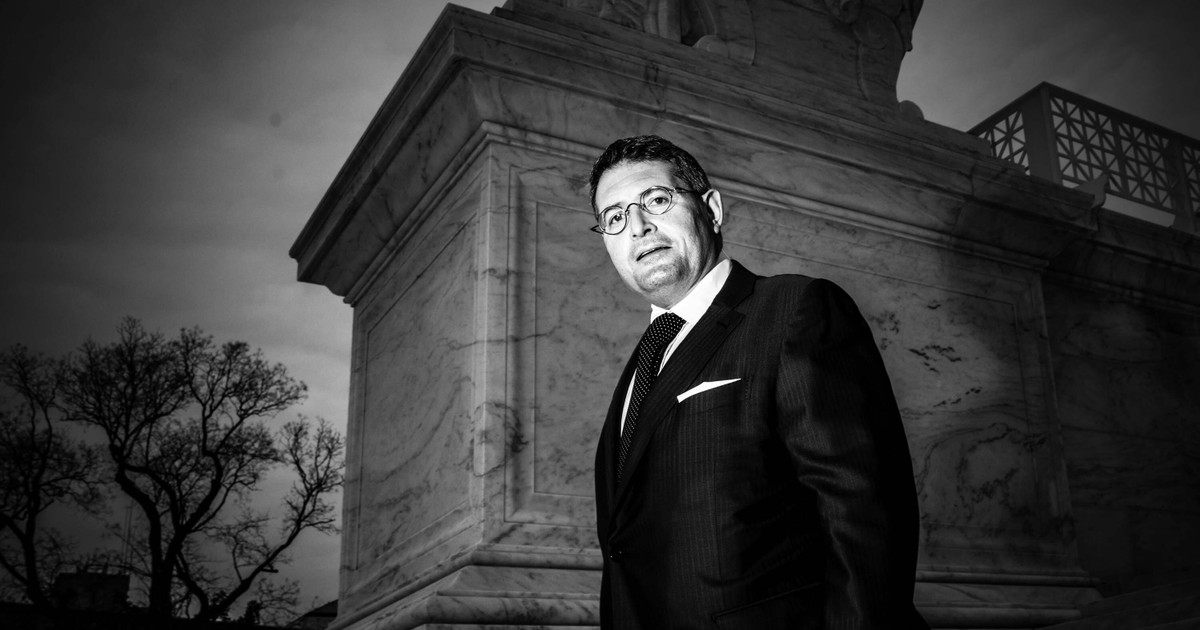
COURTS MATTER

REMEMBER TO VOTE FOR DEMOCRATS! BETTER JUDGES = BETTER DECISIONS!
Florida judge blocks parts of Gov. Ron DeSantis-backed 'Stop WOKE Act,' saying the state has turned into the upside-down world from 'Stranger Things'
"Recently, Florida has seemed like a First Amendment upside down," Judge Mark Walker, a nominee of then-President Barack Obama, wrote.
Florida judge blocks parts of Gov. Ron DeSantis-backed 'Stop WOKE Act,' saying the state has turned into the upside-down world from 'Stranger Things'
Kimberly Leonard3 hours ago
Florida Gov. Ron DeSantis.Photo by Joe Raedle/Getty Images
- A federal judge blocked a portion of the 'Stop WOKE Act,' saying it suppresses free speech.
- The Obama-nominated judge compared Florida to the upside-down world in Netflix's "Stranger Things."
- Republican Gov. Ron DeSantis supported the law.
A federal judge has suspended partial enforcement of Florida's "Stop WOKE Act," a bill backed by Republican Gov. Ron DeSantis that restricts how companies and schools discuss race.
DeSantis signed the bill into law in April. It would limit race-based teachings in schools, and the way that private companies carry out mandatory diversity, equity, and inclusion trainings. Companies that have 15 employees or more could face civil lawsuits if they're accused of violating the law.
In his opinion, Chief US District Judge Mark Walker blocked the employer portion of the law, saying it violated free speech. He compared the law to Netflix's blockbuster science-fiction hit, "Stranger Things."
"In the popular television series Stranger Things, the 'upside down' describes a parallel dimension containing a distorted version of our world," Walker, a nominee of then-President Barack Obama,

 wrote in his opinion. "Recently, Florida has seemed like a First Amendment upside down."
wrote in his opinion. "Recently, Florida has seemed like a First Amendment upside down.""Normally, the First Amendment bars the state from burdening speech, while private actors may burden speech freely," Walker continued. "But in Florida, the First Amendment apparently bars private actors from burdening speech, while the state may burden speech freely."

The governor's press office didn't immediately respond to a request for comment. When DeSantis signed the bill into law he issued a statement likening the trainings and teachings to "indoctrination," saying, "no one should be instructed to feel as if they are not equal or shamed because of their race."
The law targeted what many Republicans call "critical race theory." Formally, critical race theory examines racism in US institutions stemming from slavery and the Jim Crow era. Democrats have argued it's mostly taught in law schools, and defenders of DEI trainings say they're necessary to prevent implicit bias, discrimination, and racism.
The term became more widely used after schools and businesses across the US began openly discussing and addressing topics of systemic racism following the murder of George Floyd at the hands of Minneapolis police officer Derek Chauvin.
In the wake of the murder, several large corporations issued statements saying they were committed to fighting racism and supporting social justice.
But Republicans have used the term "critical race theory" as a shorthand for race-based discussions and trainings that they say are tied to Marxism.
The Florida law, formally known as House Bill 7, says that schools and businesses can't implement policies or teaching materials saying that members of a specific ethnic group are inherently racist or that they should feel guilty for actions committed by their predecessors. They also are barred from promoting the view that people are privileged or oppressed, or inherently racist or sexist, because of their race or national origin.
Plaintiffs in the case were Honeyfund.com, a Florida honeymoon registry technology company, Ben & Jerry's franchisee Primo Tampa, and workplace diversity consultancy Collective Concepts and its co-founder Chevara Orrin.
The plaintiffs said in their lawsuit that Florida's law infringed on workplace training programs regarding diversity and inclusion, as well as trainings to prevent harassment.
Honeyfund said in its lawsuit that private employers should be able to "engage in open and free exchange of information with employees to identify and begin to address discrimination and harm" at their workplaces.
Shalini Goel Agarwal, counsel at Protect Democracy, one of the legal firms representing the plaintiffs, said in a statement that the law would have chilled "a wide range of speech in the workplace."
"We look forward to proceeding to trial, winning, and seeing this law permanently overturned," Goel Agarwal said. "It is a direct attack on American free speech values as well as on free enterprise in Florida."
Several other organizations including the ACLU, the ACLU of Florida, and the Legal Defense Fund filed suit against Florida's law on Thursday.
DeSantis is up for reelection in November and many believe that he'll run for president in 2024. During his tenure the governor has embraced controversial culture-war issues, including a law called the Parental Rights in Education Act.
Dubbed by critics as the "Don't Say Gay Bill," the legislation bans discussions about sexual orientation and gender identity in schools, particularly in kindergarten through third grade. Critics say the bill may extend further because it contains ambiguous language banning such instruction "in a manner that is not age appropriate or developmentally appropriate."
This story has been updated to clarify that the ruling deals specifically with the employer restrictions in the law.

